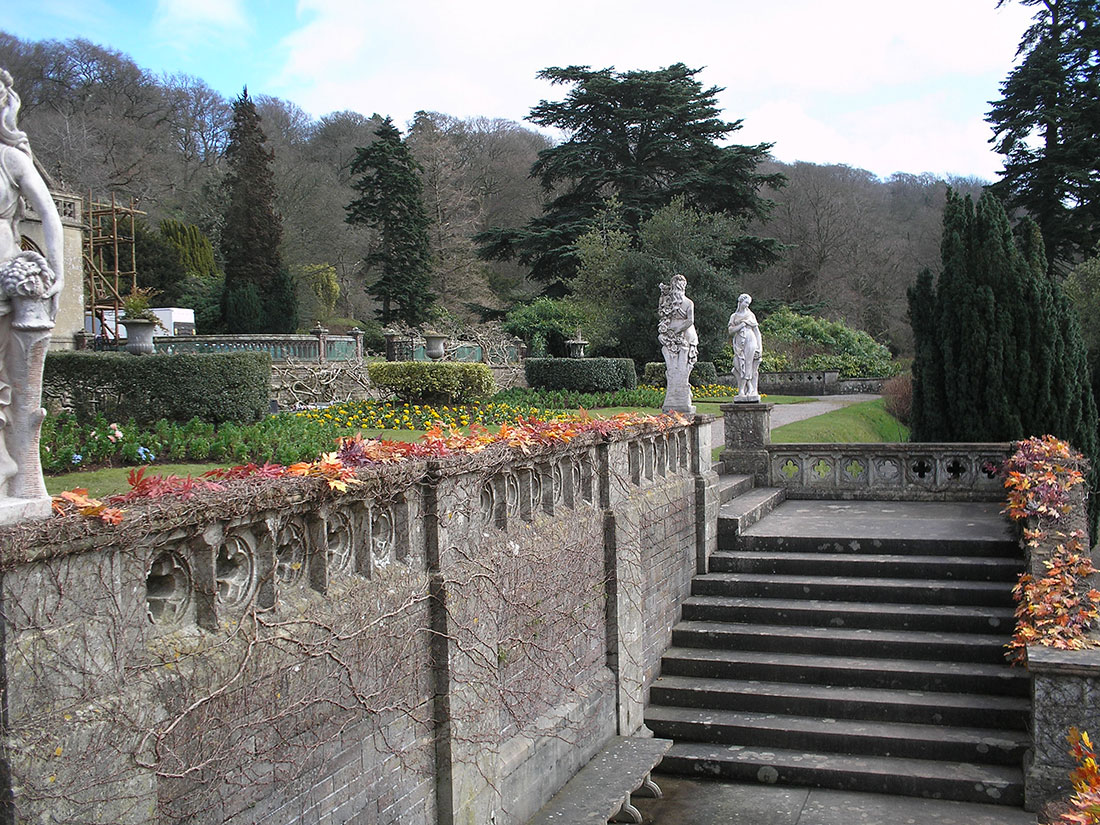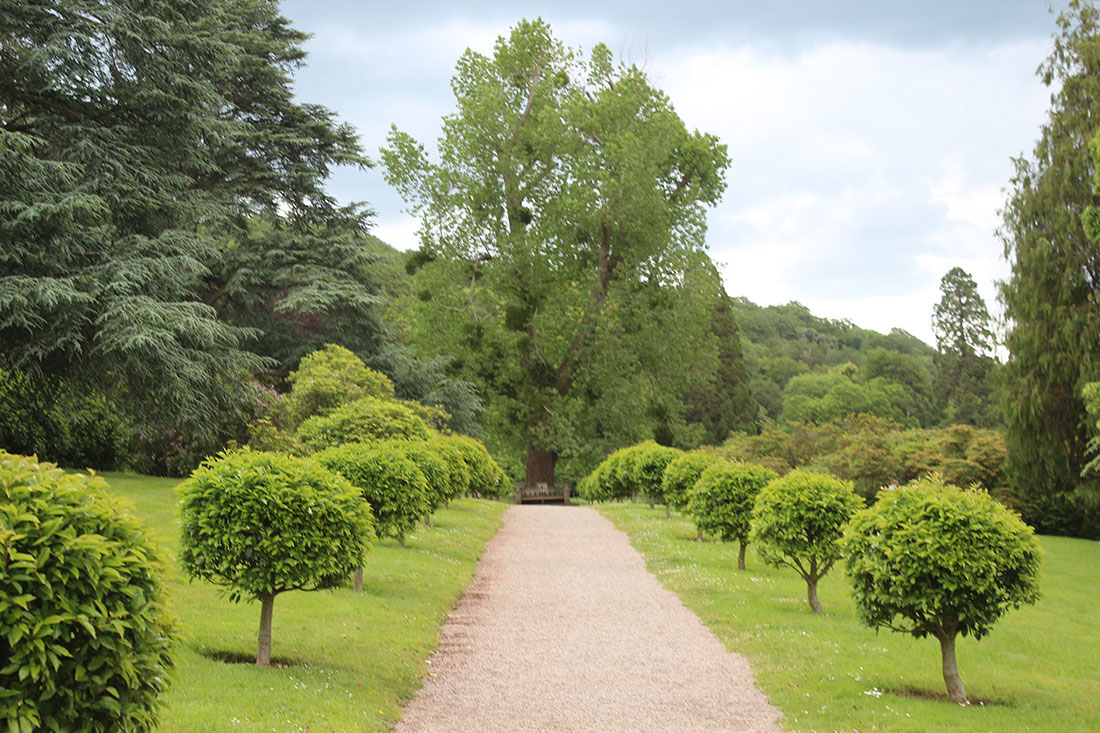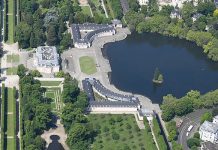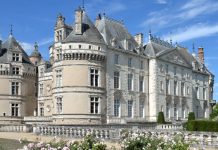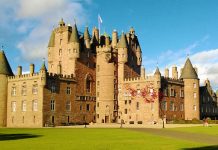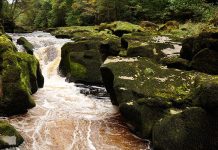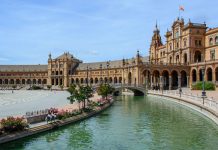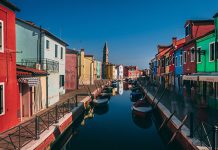Luxurious mansions are a special separate page in the history and culture of England. Their exquisitely and richly furnished interiors often reflect not only the lifestyle of the owners, but also their position in society, and the special atmosphere today gives us a unique opportunity to touch history. One such place is the Neo-Gothic Tyntesfield House, which is just a few steps from Bristol.
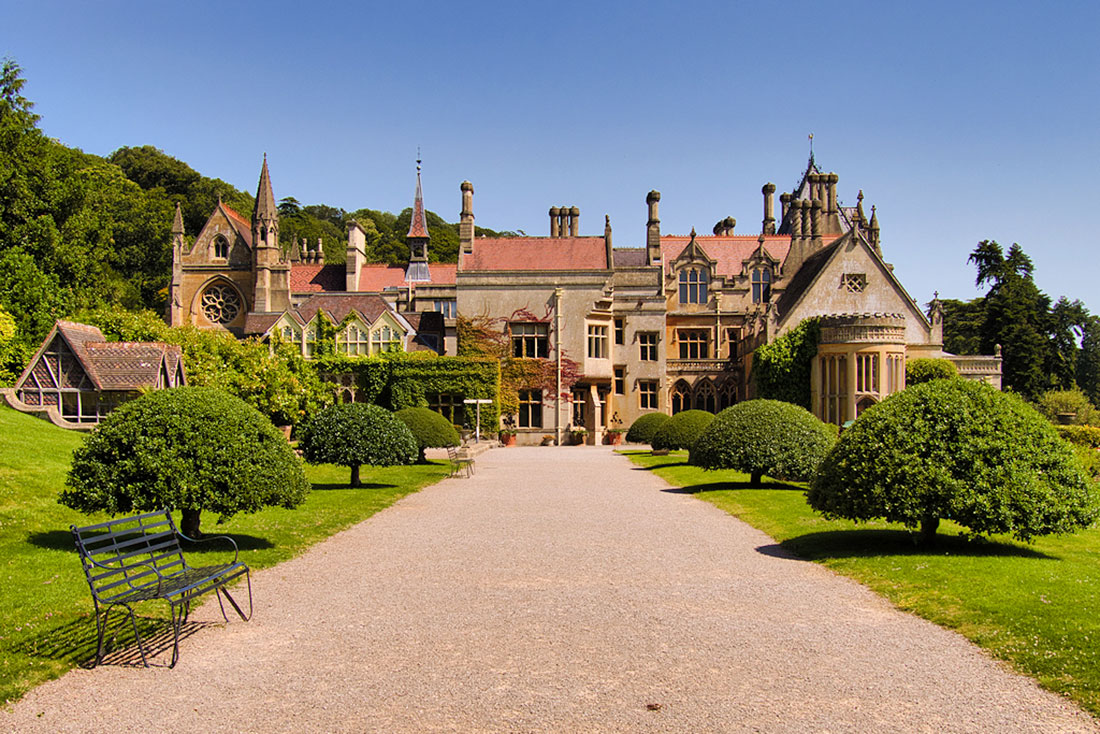
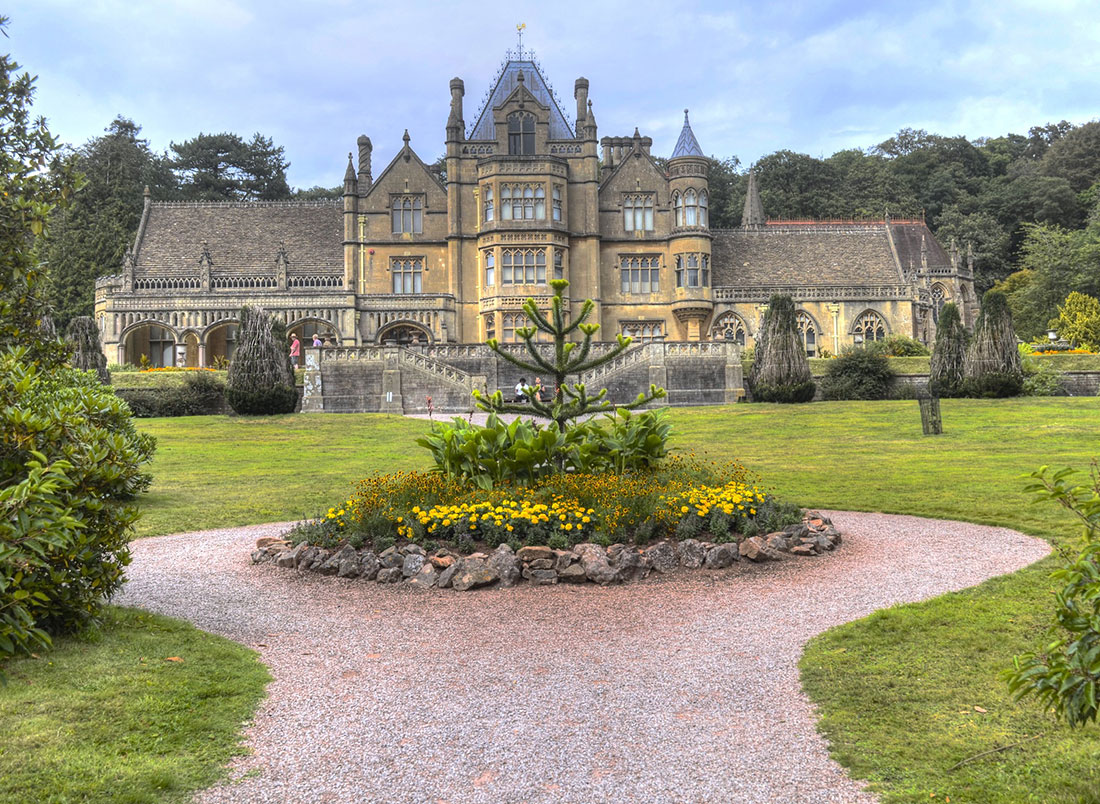
Tyntesfield House takes its name from the Tynte family, who originally owned the land on which it was built. In 1843, William Gibbs, a businessman who had made a fortune importing guano as fertilizer, bought the house and the surrounding land. Although he and his family mostly lived in London, he often traveled to Bristol on business and decided that he needed an accommodation nearby.
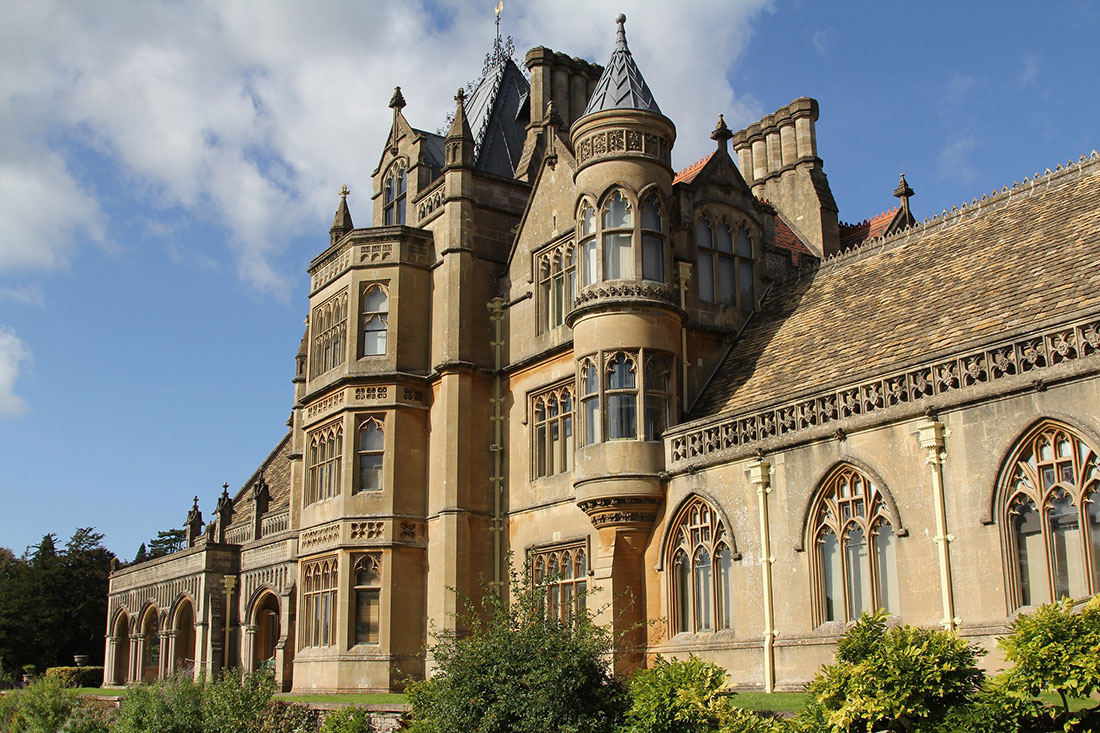
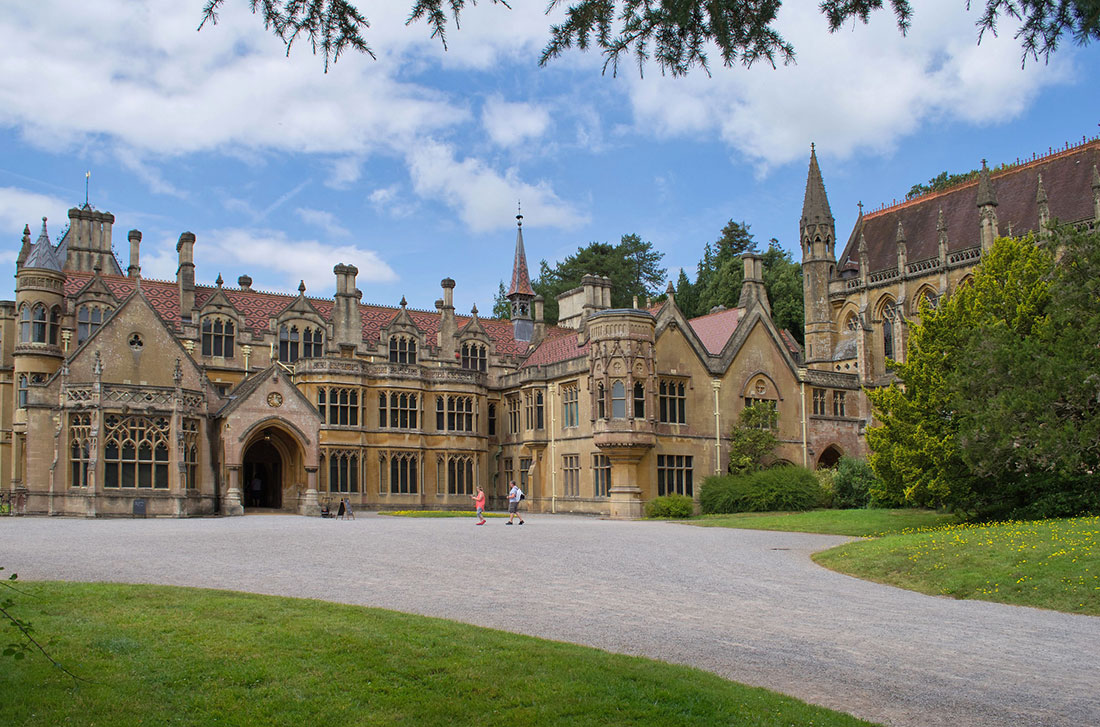
The house that Gibbs purchased was a symmetrical Georgian mansion built about thirty years ago. In 1854, he commissioned John Gregory Crace to redesign the main rooms by adding gilded panelling, stucco and wood carvings. Then, in 1863, Gibbs hired architect John Norton to do a major expansion and renovation of the house. The result is a picturesque, albeit asymmetrical, Neo-Gothic mansion, with towers, roofs, and gables replete with outlines. The facades of the mansion are decorated with carvings depicting flora, fauna and exotic medieval animals.
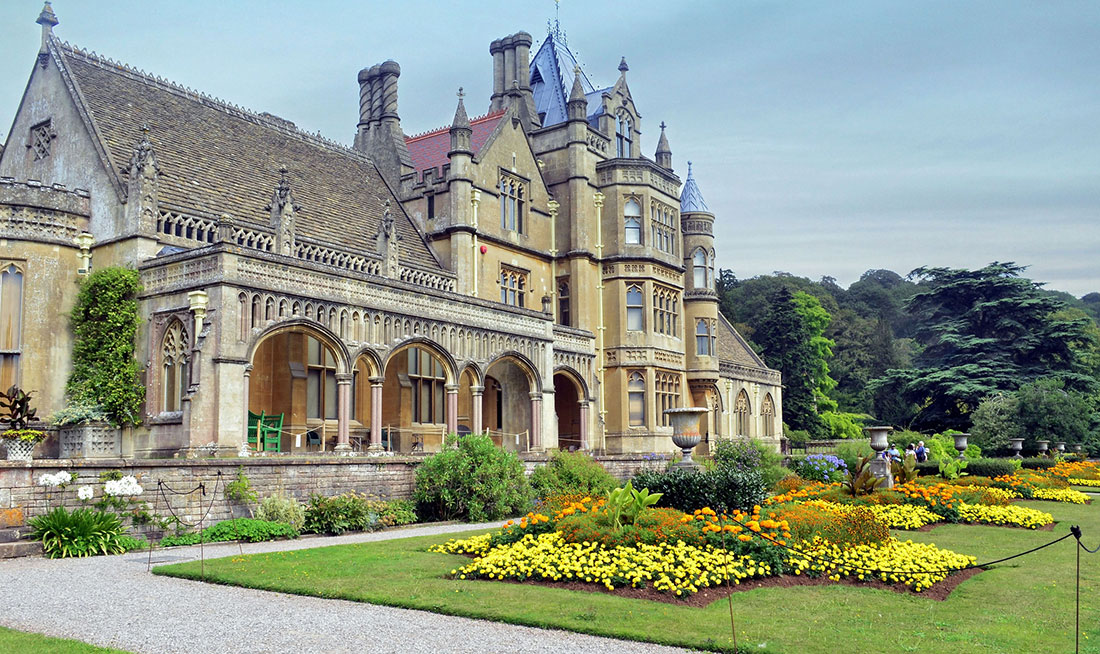

An ornate Victorian Neo-Gothic home with extensive gardens and parkland just a stone’s throw from Bristol, Tyntesfield Manor was not intended as an extravagant display of wealth, power or politics. Its purpose was simple: to be a home for a family

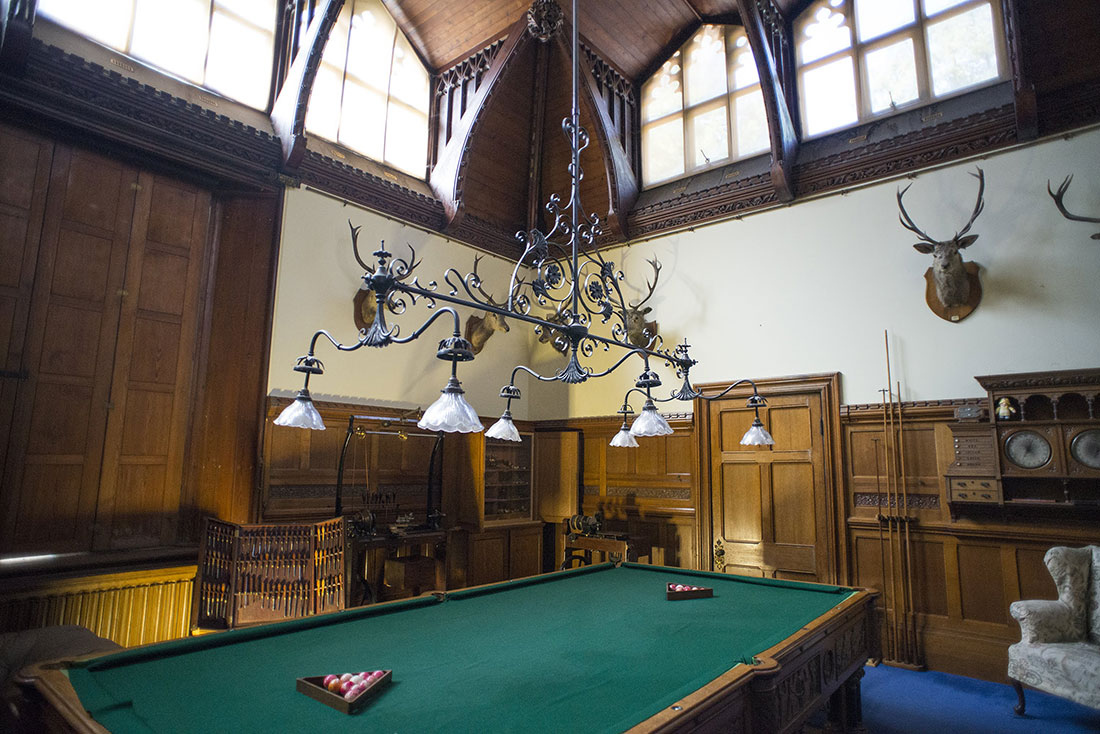
In 1873-1875, Gibbs commissioned Arthur Blomfield to build the Gothic chapel, which is a remarkable example of high Victorian ecclesiastical craftsmanship, with filigree masonry, Wooldridge stained glass windows, precious material flooring by Powell & Sons, and Salviati & Co. mosaics.
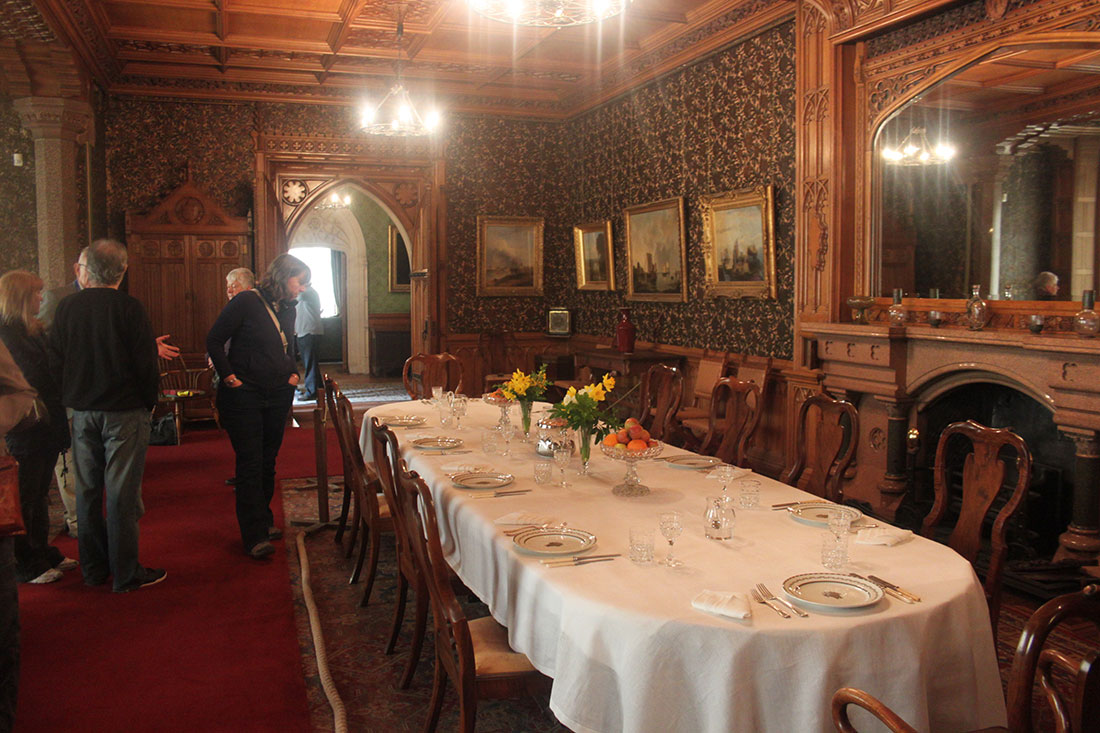

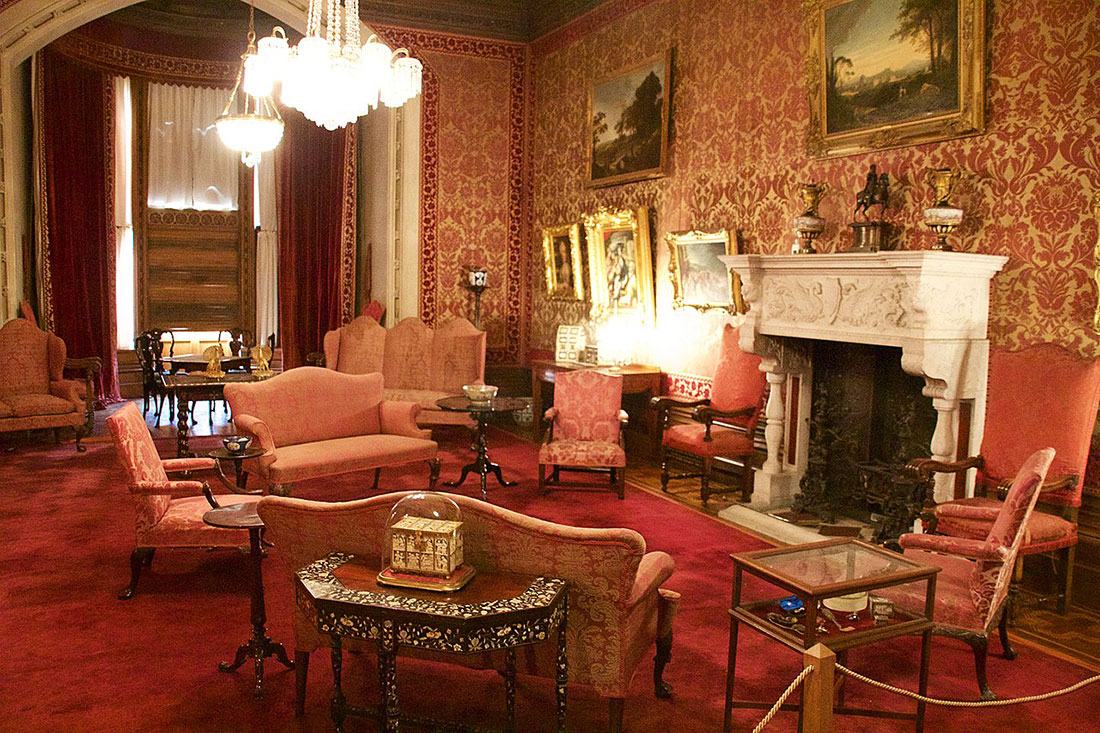
Gibbs and his family were Anglo-Catholics. They believed that buildings with a medieval ecclesiastical atmosphere were a reflection of devotion to faith and belief. From the outside, as well as from the inside, the Tyntesfeld House really looks like a church: turrets, battlements and bay windows are in perfect harmony with the mosaics, stained-glass windows and intricate metal structures.
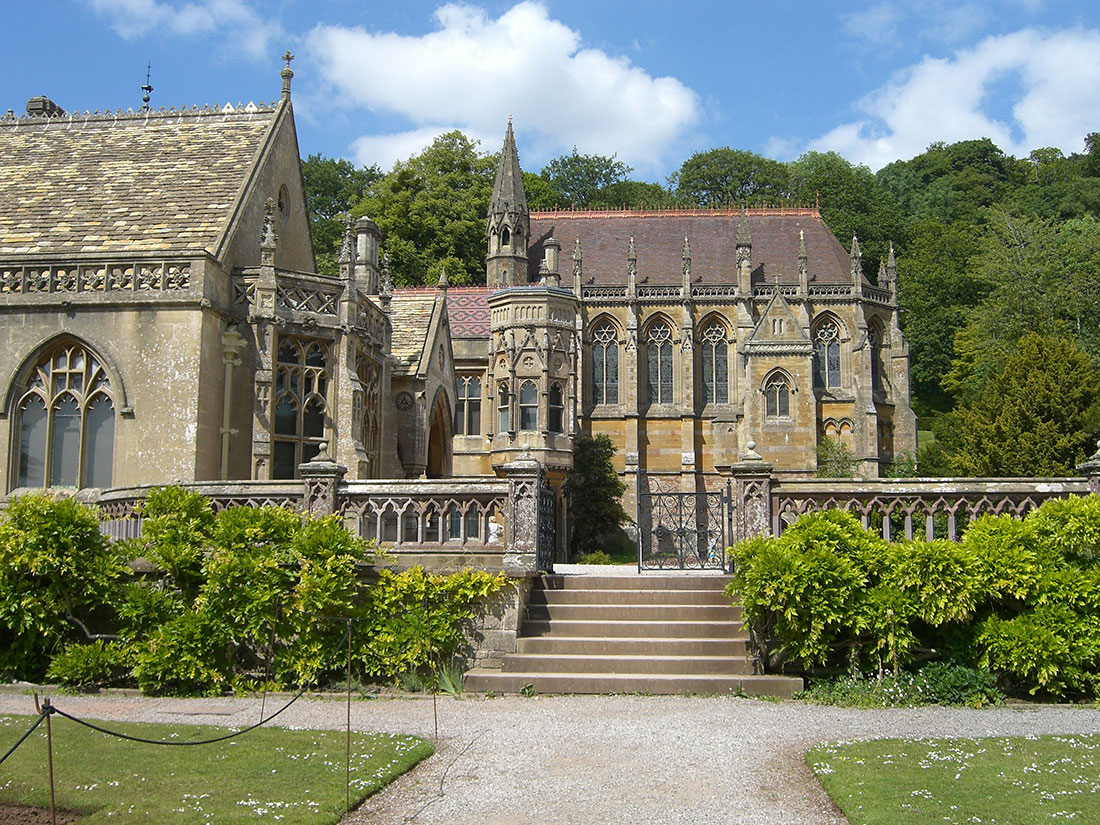
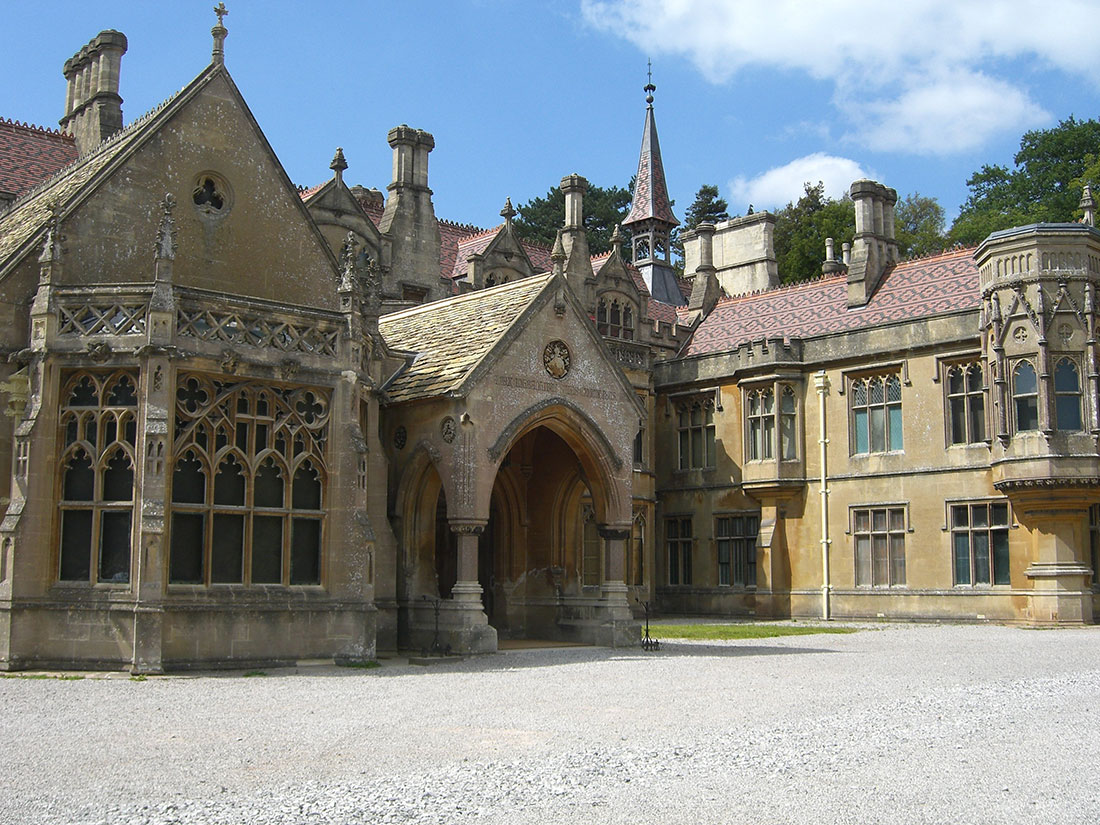
The garden and estate balance faded beauty and functionality with the luxury of nature. Flower-filled terraces, an empty lake, extensive forests, huge centuries-old trees and a productive vegetable garden invariably attract visitors who, in every season, can discover a new side of the complex.
